Disclosure: This article contains affiliate links. We may earn a commission from purchases at no extra cost to you, which helps our travel content.
After years of scaling European rock faces and exploring colonial cities across Latin America, I found myself drawn to a different kind of adventure entirely—one that would connect me to my ancestral continent in ways I never imagined. Last summer, my dear friend Elaine (a fellow history enthusiast) and I embarked on what can only be described as the quintessential African experience: a luxury safari through Tanzania's legendary Serengeti National Park in search of the famed 'Big Five.' What followed was a week of dawn-to-dusk wildlife encounters that left this history professor-turned-adventurer utterly speechless—and that's saying something!
Choosing the Right Safari Experience
After tutoring sessions wrapped up for the summer term, I devoted weeks to researching the perfect Serengeti experience. Having traveled extensively, I've learned that the guide makes all the difference between a tourist experience and a transformative journey. We ultimately selected a private safari with a boutique operator recommended by my Tanzanian student's family—a choice that proved invaluable.
Our accommodations alternated between luxury tented camps and eco-lodges, striking that perfect balance between authentic immersion and comfortable retreat. The portable solar charger I packed proved essential for keeping cameras and devices powered during our extended game drives. When selecting your safari experience, consider whether you prefer the intimacy of a mobile tented camp that follows wildlife migrations or the amenities of a permanent lodge. Each offers distinct advantages depending on your comfort preferences.
I'm not typically one for luxury travel—my rock climbing adventures have accustomed me to far more rustic conditions—but witnessing a pride of lions from your private deck while sipping morning coffee creates memories worth every penny.

💡 Pro Tips
- Book with a company that employs local guides with deep ecological knowledge
- Request a private vehicle if your budget allows—the flexibility to linger at sightings is priceless
- Pack neutral-colored clothing (khakis, olives, tans) to blend with the environment
Tracking the Big Five: Patience and Persistence
My academic background taught me that the most valuable discoveries require patience—a lesson equally applicable to wildlife tracking. The 'Big Five' (lion, leopard, rhinoceros, elephant, and Cape buffalo) earned their collective name not for their size but for the difficulty and danger involved in hunting them historically. Today, thankfully, the only 'shooting' involves cameras.
Our guide Jabari, with 22 years of experience, possessed an almost supernatural ability to spot wildlife. While my anti-glare binoculars helped tremendously, his naked eye could distinguish a leopard's tail hanging from a distant acacia when I saw only branches. The tracking process itself became a fascinating lesson in ecosystem interconnection—watching how vultures circling might indicate a recent kill, or how certain bird calls signal predator movements.
The most challenging find was the critically endangered black rhino. After four days of searching specific territories, we finally spotted a mother and calf in the misty morning light. I'm not embarrassed to admit I wept at the sight of these prehistoric-looking creatures, knowing fewer than 6,000 remain in the wild. Elaine and I sat in reverent silence, our wildlife field journal pages open but temporarily forgotten as we absorbed the magnitude of the moment.
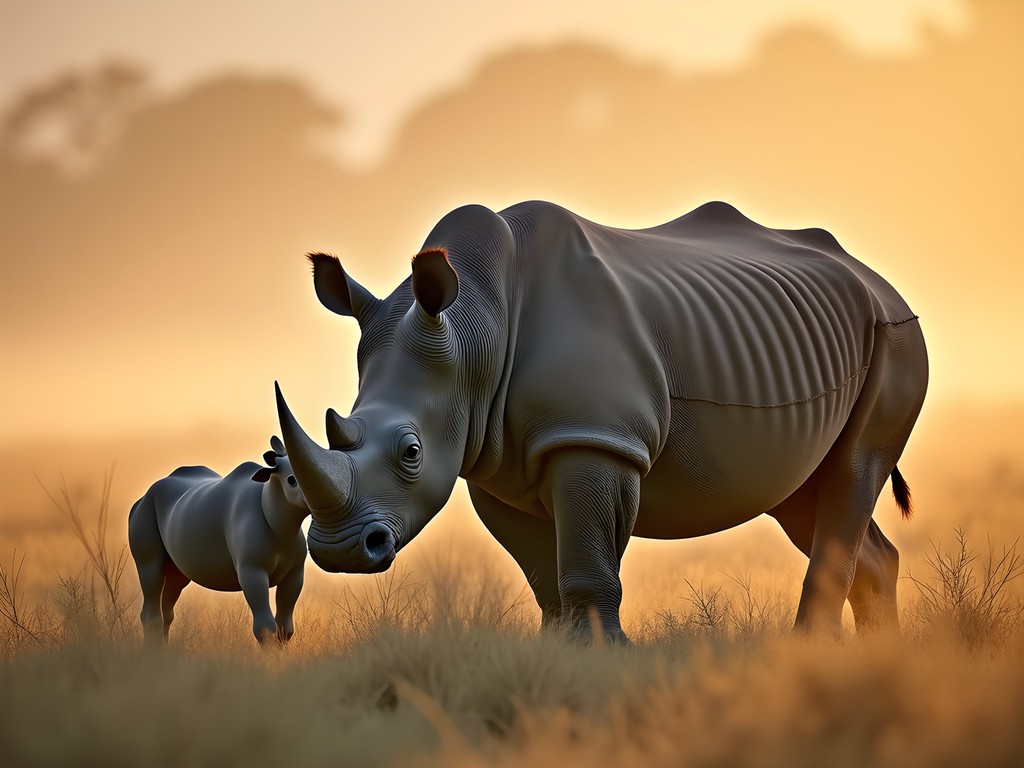
💡 Pro Tips
- Rise early—dawn game drives offer the best predator sightings
- Learn to identify tracks and dung—they tell stories about recent animal movements
- Respect wildlife viewing distances; binoculars allow observation without disturbance
Beyond the Big Five: The Serengeti's Lesser-Known Wonders
While the Big Five justifiably command attention, the Serengeti's lesser-celebrated residents equally captivated this history professor's heart. The complex social structures of elephant herds reminded me of the matriarchal societies I've studied throughout history—watching grandmothers teach calves which plants are edible felt remarkably familiar to human knowledge transmission.
Birding, something I'd never particularly pursued in Europe, became a daily delight. The quick-reference bird guide we carried helped identify over 100 species during our stay. The lilac-breasted roller's rainbow plumage and the imposing martial eagle became favorite sightings.
Our most unexpected encounter came during an evening game drive when we happened upon a serval cat hunting in the tall grass. This elegant, spotted feline—rarely seen due to its nocturnal habits—performed a spectacular vertical leap to catch a rodent. Jabari explained this remarkable predator can jump up to 10 feet high from a standing position! Such moments reminded me how much remains to be discovered beyond the famous safari checklist species.
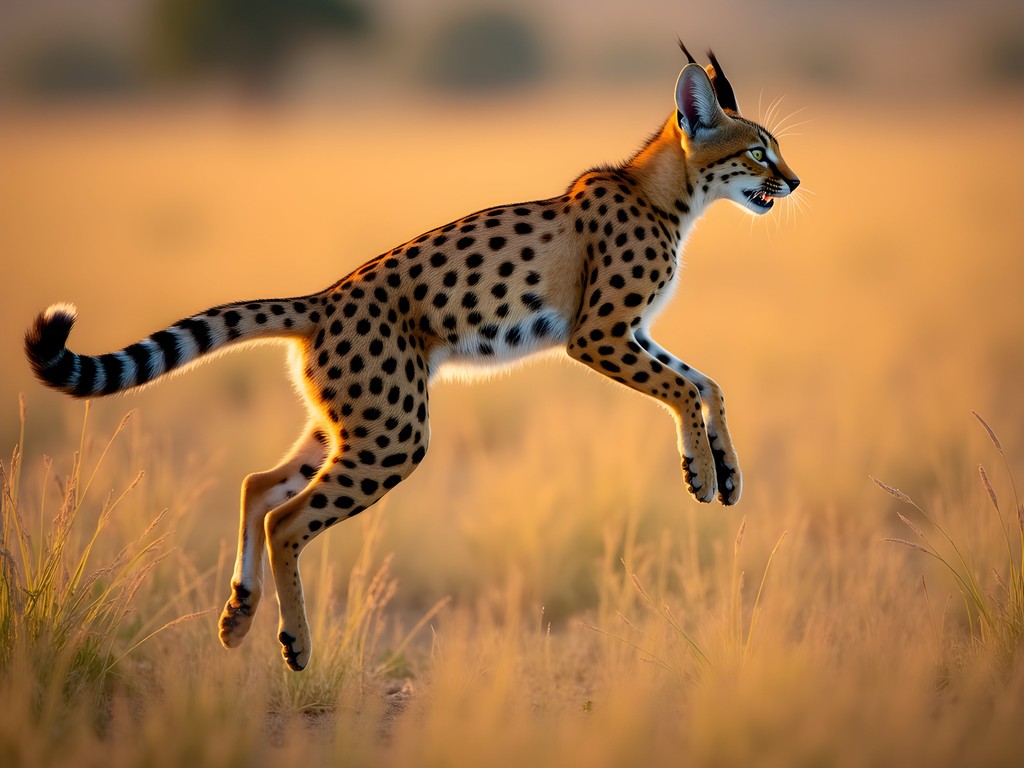
💡 Pro Tips
- Pack a dedicated camera for bird photography with good zoom capabilities
- Request night drives when available for nocturnal species sightings
- Learn about smaller mammals like genets, civets and servals before your trip
Cultural Connections: Beyond Wildlife
As a historian fascinated by colonial impacts, I couldn't visit Tanzania without exploring the human elements that shape this landscape. We arranged a visit to a Maasai community through our lodge—an experience approached with both eagerness and caution, as cultural tourism requires thoughtful consideration.
What made this exchange meaningful was its reciprocal nature. Rather than a performative display, we engaged in genuine conversation with community elders about land conservation challenges and climate change impacts on traditional pastoralism. I was particularly moved by discussions about education initiatives for girls, a topic close to my heart as a former professor and current tutor.
The experience prompted me to reflect on the complex relationship between tourism and cultural preservation. I highly recommend reading indigenous perspectives before visiting to understand these nuances better.
One evening at camp, we joined a fireside talk by conservationists working on anti-poaching initiatives. Their night vision monocular equipment demonstration showed how technology assists wildlife protection efforts. Supporting such conservation work has become increasingly important to me as I witness firsthand the threats facing these magnificent ecosystems.
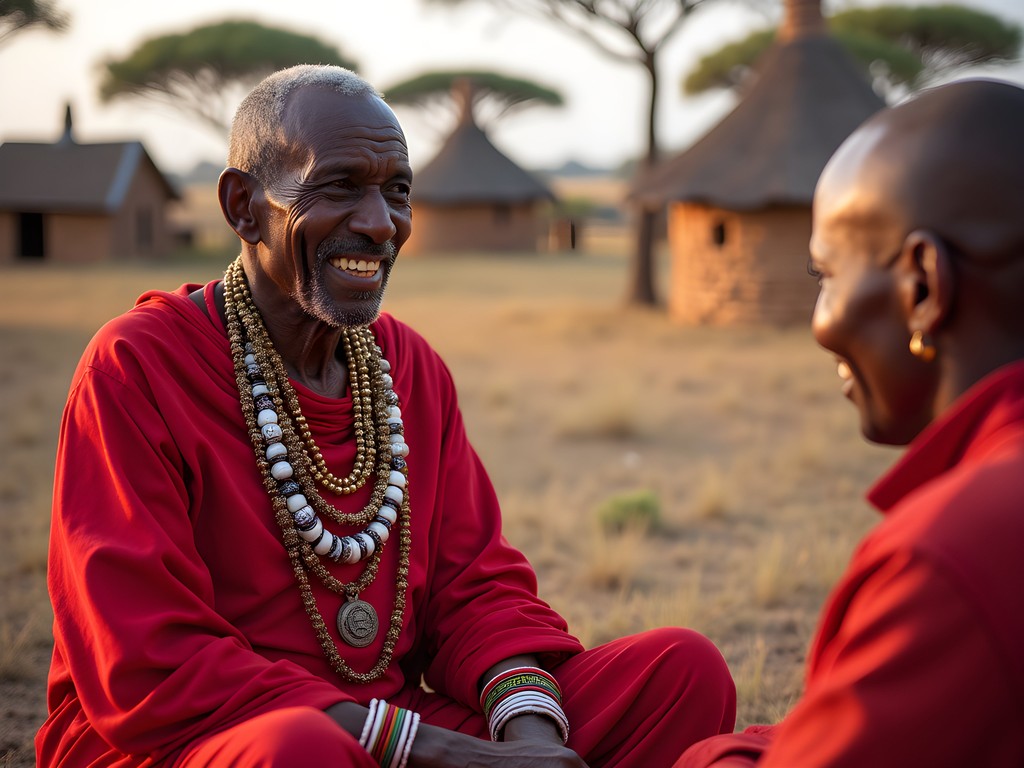
💡 Pro Tips
- Research cultural visit options carefully and choose those benefiting local communities directly
- Learn basic Swahili greetings as a sign of respect
- Ask permission before photographing people and be prepared to pay a small fee when appropriate
Practical Safari Preparations: Lessons from a First-Timer
Despite decades of global travel, my first safari required specific preparations I hadn't encountered before. The most valuable investment was undoubtedly our clothing choices. The convertible safari pants I purchased served perfectly for changing temperatures between chilly mornings and hot afternoons. Layering proved essential, as did a wide-brimmed hat with chin strap for those windy open-vehicle game drives.
Health preparations deserve serious attention. Beyond standard vaccinations, our insect-repellent clothing provided additional protection in an area where mosquito-borne illnesses remain a concern. I also recommend bringing twice the memory cards you think you'll need for photography—wildlife opportunities are boundless!
Perhaps most surprising was how emotional this journey became. Witnessing animals I'd only seen in documentaries—moving freely in their natural habitat—stirred something profound. I found myself reaching for my journal each night, processing experiences that transcended mere sightseeing. This wasn't just travel; it was reconnection with something primordial that we modern humans rarely encounter.
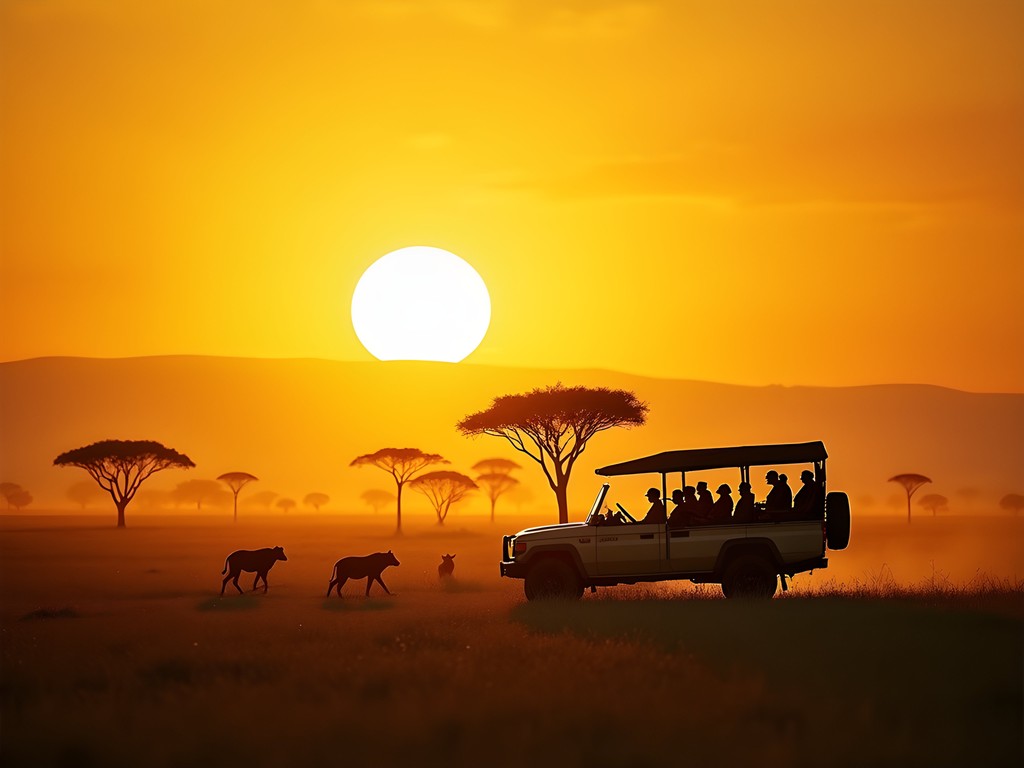
💡 Pro Tips
- Pack a headlamp with red light function for nighttime camp navigation without disturbing wildlife
- Bring a lightweight scarf that can protect from both sun and dust during game drives
- Consider motion sickness remedies if you're sensitive—game drive vehicles can bounce considerably on rough terrain
Final Thoughts
As our small aircraft lifted from the dirt airstrip on our final morning, I pressed my face against the window to capture one last aerial view of the Serengeti's sprawling plains. The landscape below—a patchwork of golden grasslands, meandering rivers, and scattered acacia trees—had fundamentally altered something within me. At 59, I've been fortunate to witness many of our world's wonders, but few have affected me as deeply as this encounter with Africa's wild heart.
For couples considering a luxury safari experience, I cannot overstate its value as an investment in shared memories. Elaine and I found ourselves discussing our daily wildlife encounters late into the evening, glasses of South African Pinotage in hand, connecting more deeply through our shared wonder. Whether you're celebrating a milestone anniversary or simply seeking an adventure beyond ordinary travel experiences, the Serengeti delivers transformative moments in abundance.
As a historian, I'm accustomed to looking backward, examining how the past shapes our present. But in Tanzania, I found myself looking forward—contemplating what we must collectively do to ensure these magnificent creatures and ecosystems survive for future generations. Perhaps that's the most valuable souvenir any of us can bring home from the Serengeti: a renewed commitment to preservation and a deeper understanding of our place within the natural world.
✨ Key Takeaways
- The Big Five are magnificent, but unexpected wildlife encounters often become your most treasured memories
- A private safari guide with deep local knowledge transforms your experience from tourist viewing to meaningful connection
- Balance wildlife viewing with cultural experiences for a more complete understanding of Tanzania
- Luxury safari experiences, while expensive, offer unparalleled access and comfort that enhances wildlife viewing opportunities
📋 Practical Information
Best Time to Visit
June to October (dry season) for easiest wildlife viewing; December to March for wildebeest calving season
Budget Estimate
$800-1500 per person per day for luxury safari experience (all-inclusive)
Recommended Duration
Minimum 6 nights, ideally 8-10 days
Difficulty Level
Moderate (Requires Early Mornings, Some Long Drives, And Basic Physical Fitness)










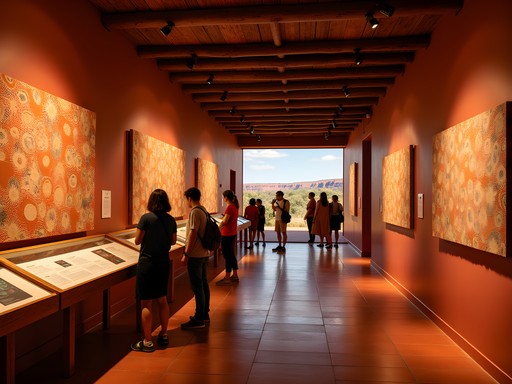
Comments
travelwithkids
Would you recommend this for families with younger kids (8 and 10)? Or should we wait until they're older?
Douglas Bradley
Not the author, but I've seen many families with children that age having wonderful experiences. The key is choosing family-friendly lodges and a private vehicle so you can adjust the schedule around their attention spans. Many lodges offer special kid-focused activities like junior ranger programs.
Naomi Sullivan
Agreeing with Douglas! 8-10 is actually a perfect age - they're old enough to appreciate the experience but still filled with that magical sense of wonder. Just be prepared for early mornings and bring plenty of snacks for game drives!
safari_dreamer
Those sunset photos are INCREDIBLE! Major bucket list vibes!
cityseeker
Going to Tanzania in October! How many days would you recommend for the Serengeti part? And did you feel safe the whole time? First-timer here and a bit nervous!
wanderlustclimber
Not the author but I've heard October is amazing for wildlife! Less crowded than peak season too.
Naomi Sullivan
October is fantastic! I'd recommend at least 4 days in the Serengeti if you can swing it. We felt completely safe the entire time - the guides are incredibly professional and safety-conscious. Just follow their instructions (especially about staying in vehicles unless they say it's OK) and you'll have an amazing time!
cityseeker
Thanks so much! That's really reassuring. Can't wait to go!
Douglas Bradley
Naomi, your cultural connection section resonated deeply. Too many safari-goers miss the human element of East Africa. During my Tanzania visit last year, spending time with Maasai communities provided context that transformed how I viewed the ecosystem. I'd add that visiting during the migration shoulder season (early June or November) offers a remarkable balance of wildlife density without the peak crowds. Did you find the conservation fees worth it? They've increased substantially, but I believe they're essential for maintaining the delicate balance between tourism and preservation in the Serengeti.
Naomi Sullivan
Douglas, you're spot on about the shoulder seasons! And absolutely on the conservation fees - worth every penny when you see the anti-poaching efforts and community programs they support. Did you stay at any of the community-owned conservancies? Those were some of our most meaningful experiences.
Douglas Bradley
I spent three nights at a community conservancy bordering the northern Serengeti. The difference in approach was remarkable - the guides were all local, and profits directly supported schools and healthcare. I found the wildlife viewing more intimate too, with stricter vehicle limits. For anyone reading this thread, I highly recommend this field guide - it enhanced my appreciation of the ecosystem connections beyond just spotting the Big Five.
wanderlustclimber
This post gave me serious goosebumps! I'm a climber too and have been thinking about switching gears to try a safari. Did you find your climbing experience helped with the patience needed for wildlife tracking? I've heard you sometimes wait hours for the perfect sighting. Also curious about what camera gear you used for those incredible shots? I'm saving up for my first big safari next year!
Naomi Sullivan
Hey fellow climber! Yes, climbing absolutely helped with the patience aspect - both require that zen-like waiting game! For gear, I used a Sony Alpha with a 100-400mm lens. You don't need the fanciest equipment though - our guide had these amazing spotting scopes that everyone could use. The patience definitely pays off when you finally spot that leopard in a tree!
wanderlustclimber
Thanks for the insight! I'll start practicing my patience on longer multi-pitches 😂 Really appreciate the camera info too!
islanddiver2051
OMG YOUR LEOPARD PHOTOS!!! 😍😍😍 I've been on three safaris and NEVER seen a leopard! They're so elusive! You've inspired me to try again next year. The Serengeti looks absolutely magical through your lens. Did you do a hot air balloon ride? I've heard that's an amazing way to see the landscape!
Naomi Sullivan
Thank you! We were incredibly lucky with that leopard - it was lounging in a sausage tree right above our vehicle! And yes, we did do the balloon safari on our last morning - absolutely worth the splurge for those sunrise views over the plains!
islanddiver2051
Adding the balloon ride to my must-do list! Thanks for the inspiration!
dreamgal
Your post captures the magic of Serengeti perfectly! We went last September and saw 4 of the Big 5 (missed the leopard). The most amazing moment was watching a cheetah hunt - our guide spotted it from incredible distance and positioned us perfectly to watch the whole chase. Those guides have eagle eyes! Also loved the part about connecting with your ancestral roots - travel can be so powerful that way. Did anyone else find the tented camps surprisingly comfortable? I was expecting roughing it but had better sleep there than in most hotels!
wildmate
Just booked my trip after reading this! Can't wait to see those elephants in person!
travelexplorer
Just booked my trip for next June after reading this! Anyone have tips on what to pack? I've never been to Africa and don't want to bring the wrong stuff.
Gregory Boyd
@travelexplorer Neutral colors (khaki, olive, tan) are best. Avoid bright colors and blue (attracts tsetse flies). Layers are essential - mornings are cold but afternoons get hot. Don't forget a good hat, sunscreen, and binoculars. Most camps offer laundry so you can pack light.
Lillian Diaz
Naomi, your section about patience really hit home for me. When I visited the Serengeti last year, we spent three hours waiting by a watering hole that seemed completely deserted. Just as our guide suggested moving on, an entire pride of lions emerged from the tall grass! It taught me that safari is as much about the waiting as it is about the seeing. I also loved your mention of the lesser-known wonders - the serval cats and bat-eared foxes were highlights of my trip too! Did you get to witness any hunting behavior? That was something I missed and still regret.
Naomi Sullivan
Lillian, that lion sighting sounds magical! We did witness a cheetah stalking a Thomson's gazelle, though the hunt wasn't successful. Our guide said that's actually quite common - apparently successful hunts are much rarer than wildlife documentaries would have us believe!
Venture X
Premium card with 2X miles, $300 travel credit, Priority Pass